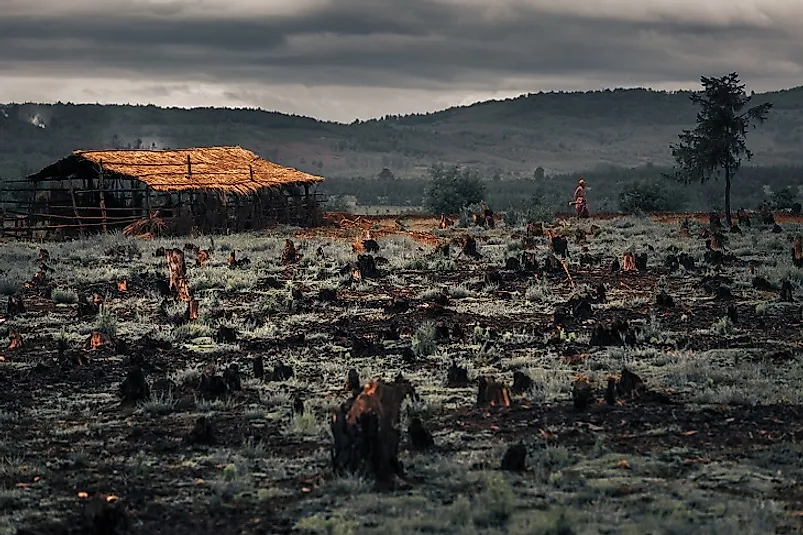



The Amazon region comprises an area of approximately six million km 2, representing 40% of the rainforest areas of the world, occupying most of the Brazilian territory, and extending into the neighboring countries ( Laurance et al., 2001 Laurance, W. The practice of slash-and-burn after 12 months resulted in lower values of pH, Ca, Mg, K, and P and higher values of Al and H, as well as saturation by aluminum in the soil, indicating this practice contributes to the reduction of soil fertility.Īmazonian agroecosystem soil fertility cycling of nutrients soil management Brasil Ashes from vegetation burn increased pH values, basic cations, and C values only in the first months, resulting in higher basal saturation values (V%). The soil surface layers were more sensitive to fire action. Soil samples were collected over the course of one year, the first one being collected 16 hours after the burn and the others at 30, 60, 90, 150, 210, 270, and 360 days after the burn. The soil in the study area was classified as Ultisol (Argissolo Amarelo Distrófico típico). For this study, four hectares of forest in Cruzeiro do Sul, State of Acre, Brazil, was slashed and burned. The objective of this work was to evaluate temporal changes in the soil chemical attributes after the vegetation has been slashed and burned in an area of native forest in the Western Amazon. In Amazonia, the main causes of deforestation are systems based on slash-and-burn agriculture.


 0 kommentar(er)
0 kommentar(er)
